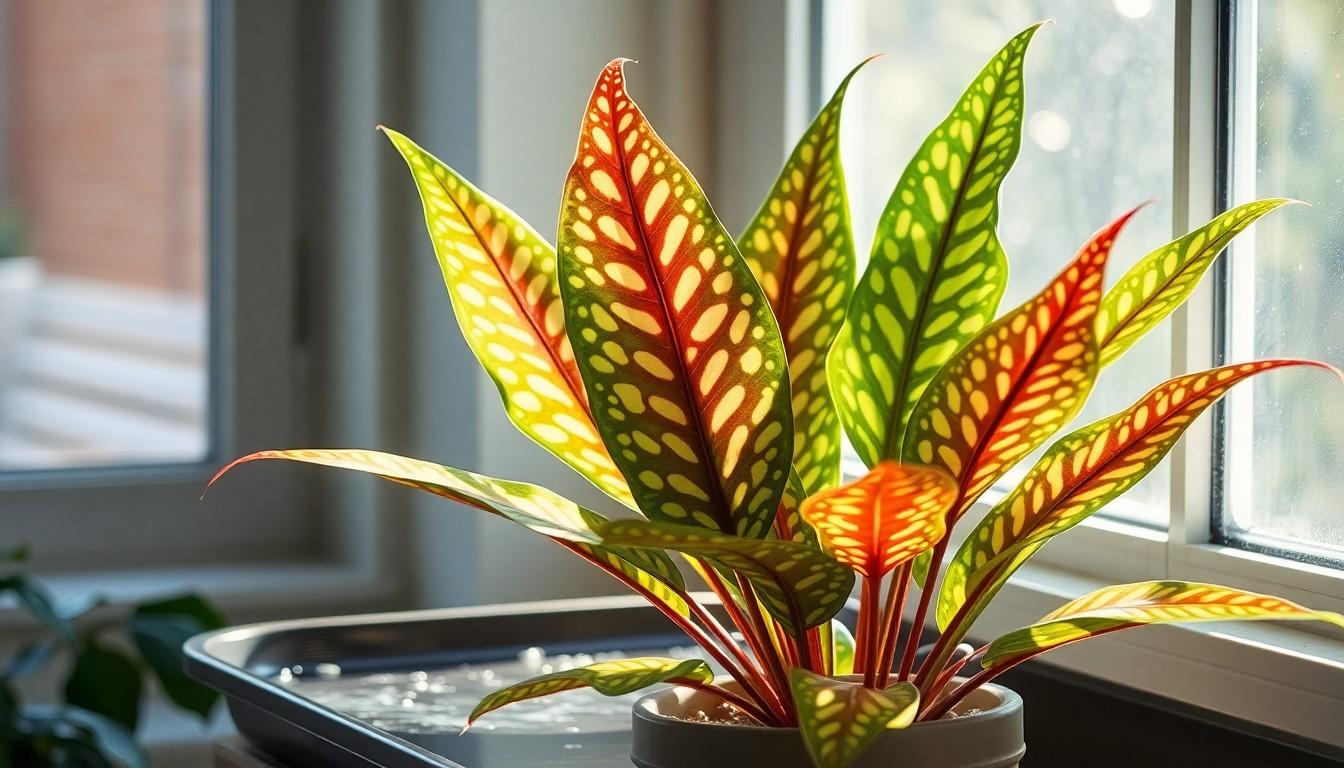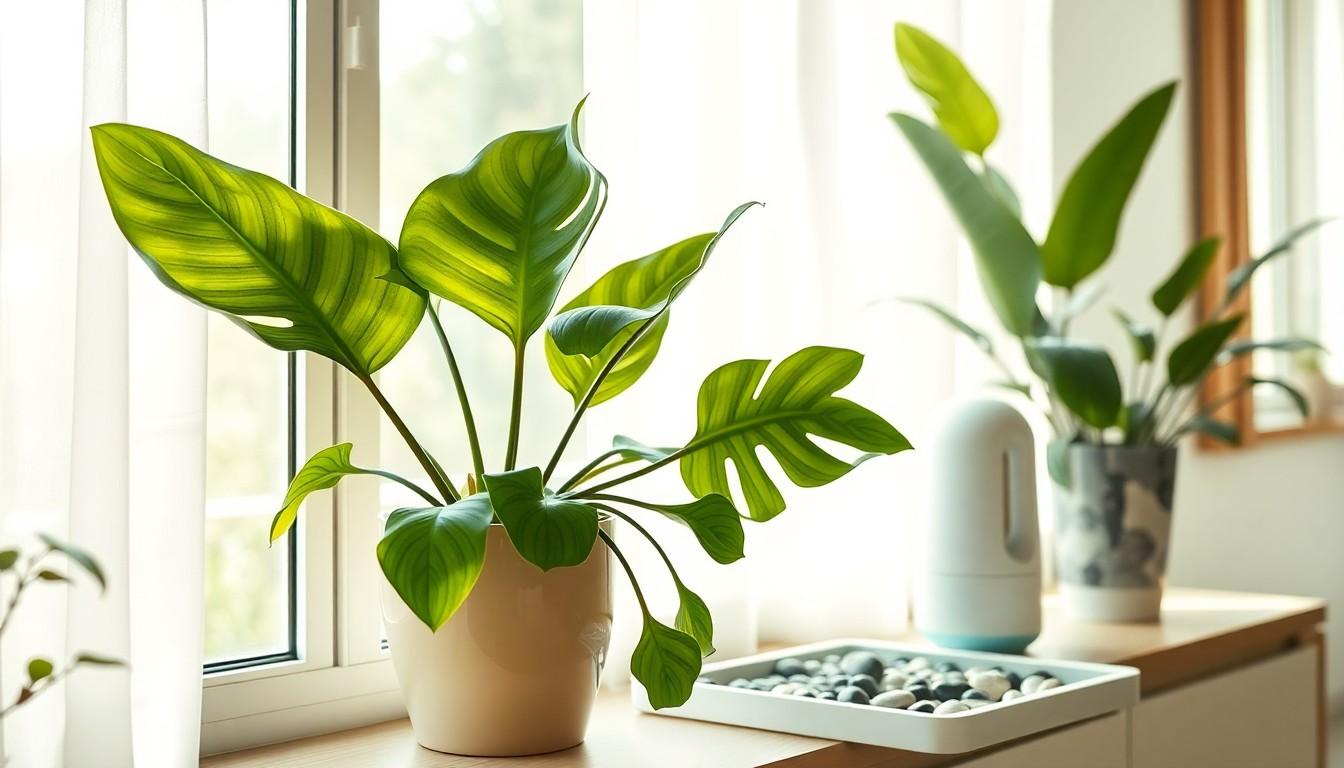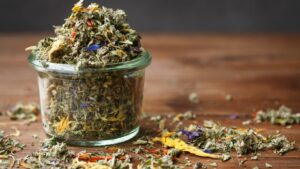If there’s a plant that can make you feel like a marine biologist without getting your feet wet, it’s the whale fin plant. With its unique, sculptural leaves resembling the majestic fins of its namesake, this beauty not only adds a splash of the ocean to your home but also brings a touch of whimsy to your plant collection. Who wouldn’t want to care for a plant that sounds like it just swam out of a Pixar movie?
Caring for a whale fin plant might seem daunting, but fear not! With a little know-how and a sprinkle of love, even the most plant-challenged can keep this green giant thriving. Dive into the world of whale fin plant care and discover how to make your indoor oasis flourish while impressing your friends with your newfound botanical expertise. After all, who knew houseplants could be so entertaining?
Whale Fin Plant Care
The whale fin plant, known scientifically as Alocasia zebrina, features strikingly unique leaves that bear a resemblance to whale fins. This plant stands out with its distinctive, sculptural leaf shape and striking green coloration. Cultivating it at home adds an artistic flair to any indoor space.
Caring for the whale fin plant requires specific attention to light, humidity, and soil. Indirect sunlight suits this plant best, as direct light can scorch its leaves. Humidity plays a crucial role in its growth; a humid environment encourages healthy foliage. Using a well-draining potting mix aids in preventing root rot.
Watering frequency is essential for maintaining healthy growth. The soil should remain slightly moist but not waterlogged. Checking the top inch of the soil before watering helps prevent overwatered conditions.
Fertilizing during the growing season supports its vibrant growth. A balanced, diluted fertilizer applied every 4 to 6 weeks enhances nutrient uptake. During the dormant winter months, reducing fertilization is beneficial.
Pest management is vital for preserving the plant’s health. Common pests may include spider mites and aphids. Regularly inspecting the leaves and treating infestations promptly with insecticidal soap helps maintain optimal conditions.
Propagating the whale fin plant offers an opportunity for expansion. Division during repotting or cuttings from healthy stems can create new plants. With proper care and attention, success in growing more whale fin plants follows.
Ideal Growing Conditions
Optimal growing conditions for the whale fin plant enhance its beauty and health. Attention to specific factors ensures vibrant growth.
Light Requirements
Bright, indirect light supports the whale fin plant’s development. Direct sunlight can scorch its leaves, leading to damage. Positioning it near a window with filtered light offers the ideal environment. Low-light conditions may slow growth and deter its beautiful patterns.
Temperature Preferences
Temperature plays a key role in the whale fin plant’s vitality. It thrives in temperatures ranging from 65°F to 80°F. Sudden temperature changes evoke stress, potentially harming the plant. Keeping it away from drafts and extreme heat maintains a stable climate necessary for healthy growth.
Humidity Levels
High humidity levels promote optimal health for the whale fin plant. It flourishes in humidity levels between 60% and 80%. Insufficient humidity may lead to leaf curling and other distress signs. Utilizing a humidifier or placing a tray of water nearby creates a favorable microenvironment, benefiting the plant significantly.
Watering and Fertilization
Watering and fertilization are crucial for maintaining the health of a whale fin plant. Proper techniques ensure vibrant growth and lush foliage.
Proper Watering Techniques
Watering should happen when the top inch of soil feels dry. Utilize room-temperature water to avoid shocking the plant. Ensure excess water drains freely from the pot’s bottom. Overwatering leads to root rot and can damage the plant significantly. Implement a regular watering schedule, typically every 1 to 2 weeks, depending on humidity levels and temperature. Monitoring moisture levels prevents both drought and saturation, fostering a balanced environment.
Recommended Fertilizers
Fertilizing once a month during the growing season benefits the whale fin plant greatly. A balanced, water-soluble fertilizer with equal parts nitrogen, phosphorus, and potassium works well. Choose a product labeled for houseplants to ensure compatibility. Applying half the recommended dosage minimizes the risk of over-fertilization. Inactive periods during late fall and winter require no fertilization. Regular feeding contributes to vibrant growth and robust leaves, enhancing the plant’s overall appearance.
Common Pests and Diseases
Whale fin plants face several pests and diseases that can affect their health. Identifying these issues early contributes to better outcomes.
Identifying Pests
Spider mites thrive in dry conditions and appear as tiny webbing on the undersides of leaves. Aphids may cluster on new growth, sucking sap and leaving a sticky residue. Scale insects create a hard shell that blends with the plant. Fungal infestations can manifest as dark spots on leaves, indicating possible overwatering or poor air circulation. Observing these symptoms aids in early detection and intervention.
Treatment Options
Insecticidal soap effectively targets spider mites and aphids, suffocating these pests upon contact. Neem oil also works well against a variety of insects, offering a organic solution for pest problems. Regularly checking the plant, combined with wiping leaves to remove pests, improves overall health. For fungal issues, adjusting watering practices and improving humidity can help restore the plant’s condition. If infestations persist, isolating affected plants prevents spread to healthier specimens.
Propagation Techniques
Propagation of the whale fin plant can effectively occur through several methods. Division stands out as the most common technique. During repotting, gently separate the plant into smaller sections, ensuring each division has roots and a few leaves.
Cuttings also provide an opportunity for propagation. For this method, select a healthy leaf and cut it near the base. Place the cutting in water or soil, maintaining humidity to encourage root growth. Roots typically develop within a few weeks when conditions remain optimal.
Using offsets is another technique to consider. These small plantlets appear at the base of the whale fin plant. Carefully remove the offsets and plant them in their own pots for standalone growth.
Humidity plays a crucial role in successful propagation. If humidity levels drop below 60%, new roots may struggle to develop. To improve conditions, mist the cuttings or place them in a humidity dome.
Light is essential during propagation as well. Bright, indirect light promotes healthy growth. Avoid direct sunlight, which can damage the delicate cuttings.
Timing influences successful propagation. Spring and summer represent ideal seasons for initiating these techniques. Plants are more vigorous during these periods, leading to higher propagation success rates.
Monitoring moisture levels in the soil is vital. Keeping the soil slightly moist encourages root development. Overwatering can lead to rot, while drying out can hinder growth.
Each propagation method varies in time and care requirements. Divisions may root quickly, while cuttings can take a bit longer. Experimenting with different techniques allows for determining the best method for personal gardening preferences.
Enhancing any Indoor Space
Caring for a whale fin plant can be a rewarding experience that enhances any indoor space. With the right attention to light humidity and watering practices it thrives beautifully. By understanding its specific needs and addressing potential pest issues early on gardeners can ensure their plant remains healthy and vibrant.
Propagation offers an exciting opportunity to expand a collection or share with friends. As they cultivate their whale fin plant they not only enjoy its unique beauty but also develop valuable plant care skills. Embracing this journey will lead to a flourishing indoor garden filled with life and personality.


